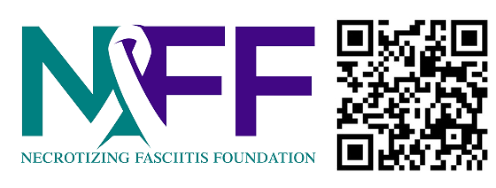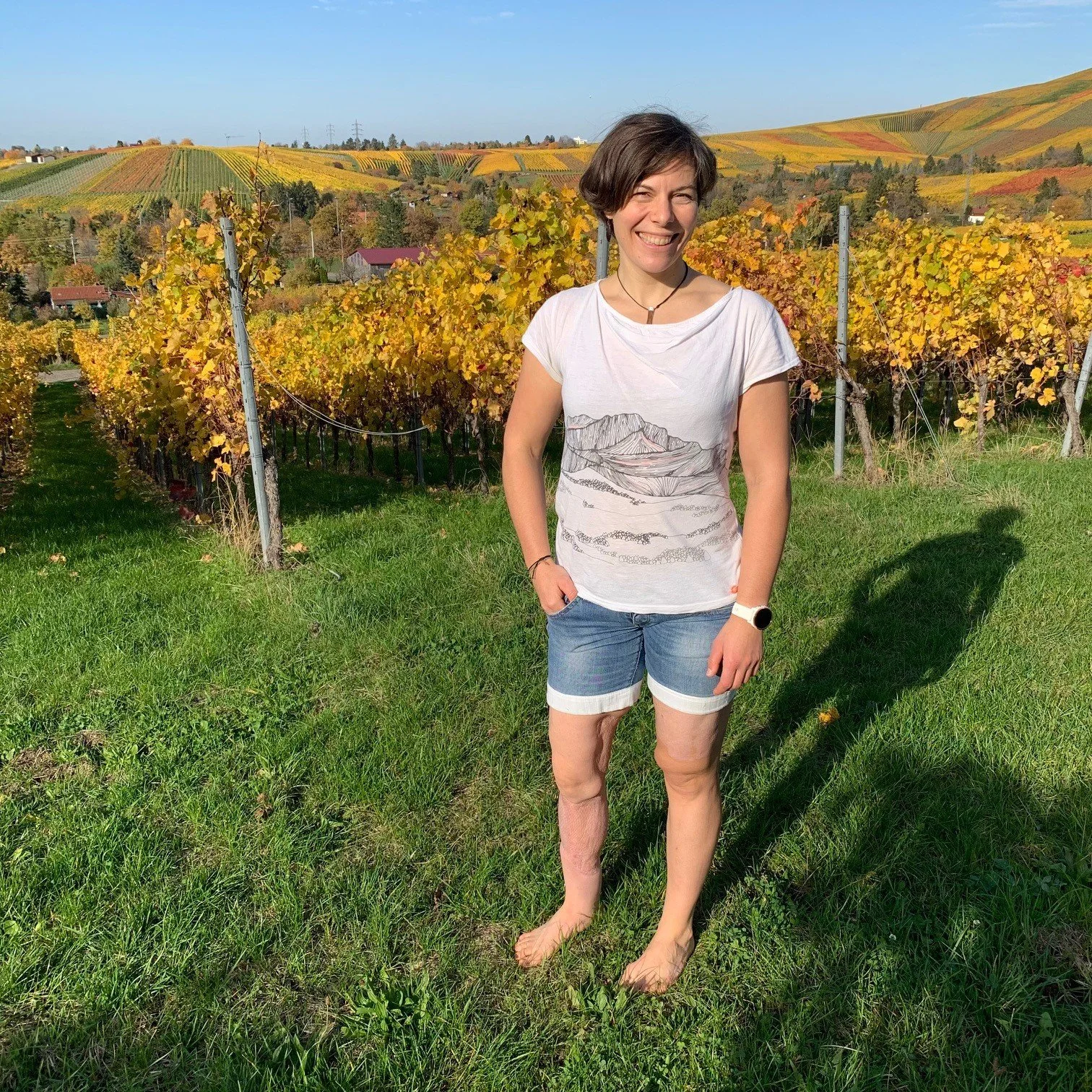I was diagnosed with lipedema at the age of 19. Lipedema is a rather popular chronic disease with up to 10 % of all women in Western countries suffering from it. Lipedema means that your fat cells have a malfunction. They don’t become smaller when reducing calories and doing more sports. People with lipedema suffer from very heavy legs that swell fast when sitting or standing. They are very likely to get bruises and some report having pain being touched lightly.
Until today there is no cure, just treatment. Conservative treatment includes wearing compression garment each day, some do get lymph drainage (a light massage of the lymphatic system). Another treatment is liposuction, an operation taking out the mal functioning fat cells. After 15 years with super uncomfy compression garment I finally went for liposuction hoping to get rid of it and above all to stop the fat tissue from growing as it worsened. The first operation of the upper leg was quite ok, half a year later I had the lower leg operated.
I had a local anesthesia and could talk to the doc during the operation. I felt some pain in my right calf which was kind of weird as I was supposed to not feel anything. Afterwards I was put in my compression tights and got some strong painkiller. Back home the pain came back and got worse. After talking to the doc I took another painkiller. I hardly slept that night due to the growing pain. We called the doctor again the next day. He was worried and told me to see him or go to the local ambulance. As the latter was nearer my boyfriend brought me to the next hospital.
They took off my tights and my skin showed not only the „normal“ bruises after a liposuction but also small dark violet to black blisters. As I was literally crying because of the unbearable pain they kept me there and did some ultrasound and blood tests. The next day barely anything happened. My pain got better as I was on constant painkillers and antibiotics, but I got weaker and weaker. My fever rose a little bit. As my leg was swollen and also reddish in some parts they marked my leg to see if the red area was growing. They did some bandaging against the swelling and put lots of disinfection fluid on it.
Two days after admittance I contacted the operation doc again and asked him to help me as the hospital staff seemed not to know what to do. By then the small blisters had grown to a big bullae. After sending photos the doc talked to the stationary doc at the hospital and came straight to the hospital. On his way he organized an operation room for me at another clinic. On arrival and after having argued with the doc in charge at the hospital I was finally told it was very likely I had Necrotizing Fasciitis (NF). Of course I didn’t know what that meant. My PRC went up from 4.2 on Friday to 42 in the morning.
I was rushed to the clinic and brought directly to the ER having a PRC of 340. There, the doc explained to me what NF was and what would happen without treatment. After reassuring me that I would keep my leg and I'd able to do sports again I went asleep and woke up in ICU. For four days they controlled my leg each day making sure they had removed all the toxic tissue (in my case skin and fat tissue). Then they put me on a wound vac and brought me to the normal station. Luckily I had a wonderful view from there which gave me lots of motivation. I had three more operations to cover the wound with a skin graft from my left leg.
Caregivers, physiotherapists, the pastor, visits of my parents, my boyfriend and friends helped me to get over the long period of not being able to move on my own. After two or three weeks I asked for a wheelchair. That was the best decision as I then started moving around the whole hospital and the garden. Doing so I got more energy back so that I would not pass out trying to stand up on my left leg. Another two weeks later they gave me crutches and taught me how to use them properly. And there I went.
After seven weeks at the clinic I was able to walk out on my own. Staying a week at my parents I then went to the rehab center where I learned to walk without the crutches. I gained strength and worked on my strength and endurance. My personal goal was being able to cycle when dismissed. The great support of the whole staff at the center as well as the completely adjustable machines at the conditioning room did not only make me strong and more flexible, but also gave me lots of hope and good vibes. The surrounding area was perfect to go for a walk and simply be me. After four weeks I reached my goal and went home to celebrate Christmas with my family.
I started to work again just two weeks later; at the beginning with reduced working time. After four weeks I was back on full time…and had to reduce to 80 % after two months of pure exhaustion. Until today I am not able to concentrate for more than 6.5 hrs. Maybe it was the narcotics, maybe the hard painkillers, maybe the combination of that with all the new obligatory things I’m doing since then. Like washing the compression garment, moisturizing the skin graft, doing exercises, scar massage, etc.
What surprised me most being back in day-to-day life was that there is no doctor you can see with NF. Most of them know it from their studies and formation, but there is not „the one practitioner“ who can help you with all the challenges you are facing after having survived. I highly recommend seeing:
a general practitioner
physiotherapists (mobility, lymph drainage, scar massage)
a burn doctor or a plastic surgeon
a neurologist
a psychologist
a doctor specialized in the lymphatic system as well as
a well trained person for burn treatment at the medical supply store.
In my case I also wanted to check if the bacteria that had caused my NF came from my colon (if so it can be a sign for cancer). So I also went for colonoscopy. Luckily that was not the case.
At the clinic my lower leg was checked for lymphedema. The doctors said it wasn’t too bad. So I thought that it might go away some weeks later. As you might already suggest, that was - of course - not the case. As they had to remove a huge part of the lymphatic system of the leg, it now chronically suffers from lymphedema. So I’m wearing a compression sock again…
Anyway, I learned to be grateful for anything I have and can do. My advice: Don’t wait for the so-called right day or time, live your life now. Maybe things are not 100 % perfect in your eyes, but don’t wait for them to be cause they might never be. Take the 95 % which are great, enjoy them. If there’s something you can’t do anymore don’t look back too often, don’t compare. Take a deep breath and think about what makes you smile, things you’d like to do. There’s a way to do those things. Maybe you do them in another way now. That does not mean it’s better or worse, just different.

